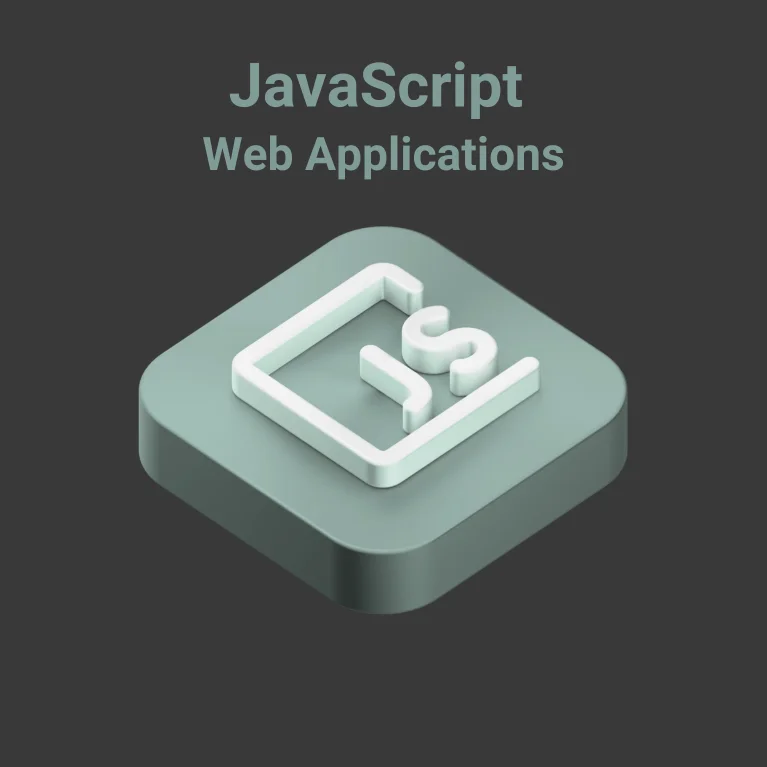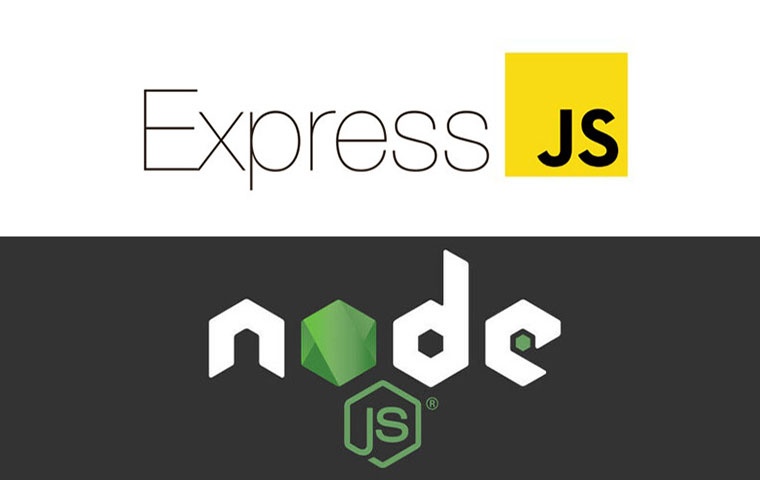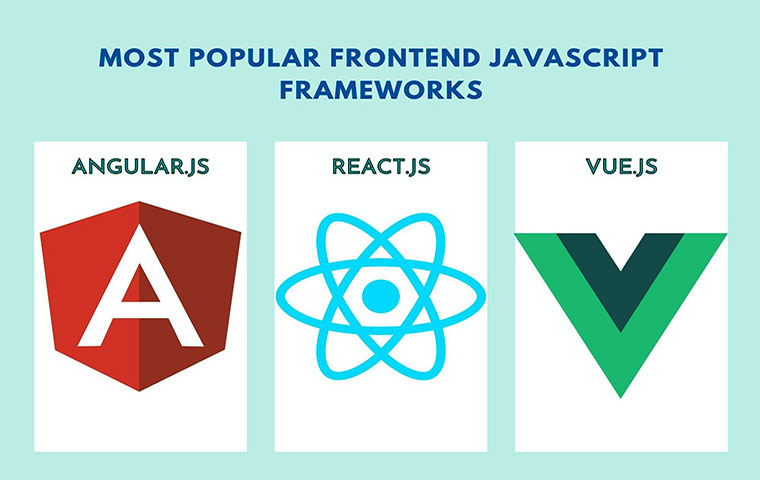In-App Purchases vs Ads: Which Strategy is Best?
You’ve created your app, and people are starting to download,...
We use cookies for our website to give you the most relevant experience by remembering your preferences. By clicking “accept”, you consent to use of ALL the cookies
This website uses cookies to improve your experience while you navigate through the website. Out of these, the cookies that are categorized as necessary are stored on your browser as they are essential for the working of basic functionalities of the website. We also use third-party cookies that help us analyze and understand how you use this website. These cookies will be stored in your browser only with your consent. You also have the option to opt-out of these cookies. But opting out of some of these cookies may affect your browsing experience.
Necessary cookies are absolutely essential for the website to function properly. These cookies ensure basic functionalities and security features of the website, anonymously.
| Cookie | Duration | Description |
|---|---|---|
| cookielawinfo-checkbox-functional | 11 months | This cookie is set by GDPR Cookie Consent plugin. The cookie is used to store the user consent for the cookies in the category “Analytics”. |
| cookielawinfo-checkbox-functional | 11 months | The cookie is set by GDPR cookie consent to record the user consent for the cookies in the category “Functional”. |
| cookielawinfo-checkbox-necessary | 11 months | This cookie is set by GDPR Cookie Consent plugin. The cookies is used to store the user consent for the cookies in the category “Necessary”. |
| cookielawinfo-checkbox-others | 11 months | This cookie is set by GDPR Cookie Consent plugin. The cookie is used to store the user consent for the cookies in the category “Other. |
| cookielawinfo-checkbox-performance | 11 months | This cookie is set by GDPR Cookie Consent plugin. The cookie is used to store the user consent for the cookies in the category “Performance”. |
| viewed_cookie_policy | 11 months | The cookie is set by the GDPR Cookie Consent plugin and is used to store whether or not user has consented to the use of cookies. It does not store any personal data. |
Functional cookies help to perform certain functionalities like sharing the content of the website on social media platforms, collect feedbacks, and other third-party features.
Performance cookies are used to understand and analyze the key performance indexes of the website which helps in delivering a better user experience for the visitors.
Analytical cookies are used to understand how visitors interact with the website. These cookies help provide information on metrics the number of visitors, bounce rate, traffic source, etc.
Advertisement cookies are used to provide visitors with relevant ads and marketing campaigns. These cookies track visitors across websites and collect information to provide customized ads.
Other uncategorized cookies are those that are being analyzed and have not been classified into a category as yet.
Cyberia Tech, Inc. respects your privacy. This Privacy Policy explains how we collect, use, and share your information. By using our services, you agree to this policy. If any other agreements conflict with this Privacy Policy, the terms of those agreements prevail.
Cyberia Tech complies with the EU-US and Swiss-US Privacy Shield Frameworks for handling personal data from the EEA, UK, and Switzerland. In case of any conflict, the Privacy Shield Principles prevail. Learn more at Privacy Shield. Key Definitions
Information linked to an individual, transferred from the EEA, UK, or Switzerland to the U.S.
Data revealing race, religion, health, sexual orientation, and similar categories.
Effective Date: [ 2025 / 11 / 29 ]
Welcome to The Cyberia Tech ! By accessing or using our website or services, you agree to
comply with and be bound by these Terms of Use and our Privacy Policy. If you do not agree with
these terms, please do not use our Services.
Loading
0 %

JavaScript is a popular programming language, and JavaScript web apps, which have been popular for some time, continue to dominate the programming industry.
JavaScript is used in over 98% of websites and online apps as part of the web development process. Building JavaScript web applications has grown easier and more efficient as JS frameworks have advanced.
There are several debates concerning JavaScript and JS web apps, and some developers despise its syntax, but we must recognize that it is a popular programming language. Continue reading to find out why some people adore and others despise JavaScript!
Table of Contents
without a doubt, JavaScript is the jack of trades, the scripting language of the client-side and the server-side. It is a dynamic language that was built in 1995 and s growing faster than any other programming language for web development.
JavaScript will be utilized on the client side to provide dynamic features to the JavaScript web app, such as a back-to-top button. Frontend JS runs directly in your browser and may be used to add functionality to an HTML page or to pick items from the DOM (Document Object Model).
There are several frameworks for constructing JS web apps; however, the front end may be written in vanilla JS. It is recommended that any frontend developer begin with vanilla JS to master all of the techniques and intricacies.
The server-side JavaScript will be installed on Node.Js or Express.Js, allowing access to the database and data manipulation. Working with its specialized frameworks will reveal the major characteristics of JavaScript web applications. As opposed to data flow, let’s start with the backend and server-side JS.
JavaScript is a dynamic programming language that is mostly used on the frontend, but in 2008, Ryan Dahl made it easier for developers by using it in the backend.

Dahl never liked JavaScript or Node.js, but he merged JS with the Node software, which is essentially written in C++, to execute JS outside of the browser. The most often used frameworks for rendering JS scripts on the backend are Node.js and Express.
Node is not an open-source framework, but rather a cross-platform runtime environment enabling JS code execution and the development of scalable JavaScript web applications. The primary benefit of Node for developers is that it can be utilized for both frontend and backend development.
In general, Node is used by developers to create APIs (Application Programming Interfaces); nevertheless, the API must connect with a database and a server to transmit and retrieve data.
When it comes to web app development, there are a few key elements to consider, and Node.js’ benefits make it a dependable platform for its customers.
Here are three compelling reasons to use Node:
It should be emphasized that Node may also be used for frontend JavaScript programming, however, it is best known for backend JS development. Express.js is the other framework.
Express cannot be considered a distinct framework from Node.Js because it is a JS framework used within the Node environment to construct JS web applications, webpages, and APIs. Node is like the mother of Express that supports a minimal and more advanced offspring.
Express.Js, like Node, is an asynchronous platform that is mostly built in JavaScript. Furthermore, it supports the view-model structure, which makes it very scalable and efficient. Essentially, Express.Js includes most of Node’s functionality, with the exception that it is a microframework.
The front end is the next critical phase in JavaScript web app development, and there are various possibilities, but the most popular are React, Angular, and Vue.
Don’t be upset, and we understand if you’ve grown bored of the never-ending list of JavaScript frameworks. Because JS lacks an official framework, such as Django for Python or Laravel for PHP, this independence drives many developers to design alternative frameworks.
In fact, you may avoid frontend frameworks entirely by using vanilla JS, although this is not advised.

A competent and gifted developer must be able to code vanilla JavaScript, although frameworks take care of numerous aspects and improve performance. The idea is to first learn JavaScript and then create a JavaScript web application.
Before we begin debating React’s correct functioning, we must acknowledge that while it is a JS library, it has so many built-in capabilities that it has risen to the top of the JS frameworks.
React was launched by Facebook, which lends it legitimacy; moreover, it implies that a group of experienced engineers is maintaining and supporting it.
React and JavaScript play complementary roles in web app development. While JavaScript is a versatile programming language that provides the foundation for interactive functionality, React, as a JavaScript library, offers a powerful way to build user interfaces efficiently and maintainable by using a component-based approach.
React provides eight different ways to style components, increasing their versatility and user-friendliness. Furthermore, this functionality is incredibly significant since it allows you to create reusable components for future projects.
Because it adheres to the Virtual DOM structure, React can create a highly responsive user interface. It is an architecture that allows React to cache the real HTML DOM; hence, the Virtual DOM can assist the framework implement updates more quickly.
Angular is a super framework another giant corporation, Google, supports, so, there is no need to be worried about anything in the development process. It is a framework that serves enterprise needs and is why big companies like Nike, PayPal, and Gmail use Angular.
The component structure of Angular provides an opportunity for the developers to reuse the codes later. The next popular framework would be Vue.Js.
Vue.js was released in 2014, and yet it has more GitHub stars than Angular. Because the Vue team cares about its customers, they attempted to avoid the intricacies of competing frameworks by providing a simpler syntax.
It is a lightweight and easy-to-use framework, ideal for beginning frontend developers. Vue is constantly evolving and being updated, thus it might be a dependable solution for JS web app development.

We hope that you haven’t gotten tired of frontend frameworks since we tried to portray their efficiency. However, if you still believe that JS frameworks are not your thing, we are going to advise you on something that has been called legendary.
Without a doubt, jQuery is the most popular JS library, having been used more than React, Angular, and Vue combined. Back in 2006, JS codes had browser compatibility concerns and presented developers with glitches and challenges; also, they were bored of unending JavaScript scripts. As a result, jQuery came to their rescue, simplifying boilerplate JS code.
jQuery makes app creation so easy because it has a basic environment and, unlike frameworks, does not create an additional layer between objects, allowing you to quickly alter the components. Furthermore, jQuery lacks package managers and built-in utilities; instead, it offers plug-ins that may be simply added.
Are you perplexed about the environment to work in for a career in JS web app development? Don’t worry; all you have to do is conduct a simple search to see which framework or library is in better demand in your location. You can also examine your personal tastes and select the one you like.
Can you build a web app with JavaScript?
JavaScript, HTML5, and CSS (Cascading Style Sheets) are the backbones of most online applications. Client-side programming, in which these languages are typically employed, is responsible for an application’s user interface. Scripts used on a website are often developed using server-side programming.
Is Django better than JavaScript?
When building a one-of-a-kind JavaScript programme, it’s best to tweak the environment with js. When it comes to robust security, scalability in MVP development, and feature-rich complexity, Django is your best bet.
JavaScript scripts are not the conclusion, but rather the beginning of your JavaScript web application development adventure. Because of the ubiquity of JavaScript, JS web apps have grown popular in recent years.
JavaScript enhances the user interface of webpages and online apps by adding dynamic functions. Building JavaScript web apps necessitates familiarity with several JS frameworks and libraries in order to select the ideal one.
If you are going to create a web application, please contact one of our expert engineers to discuss frontend and backend JS features. Please leave a comment indicating the framework or library you prefer. Good luck with your code.
You Can Get More Information!
